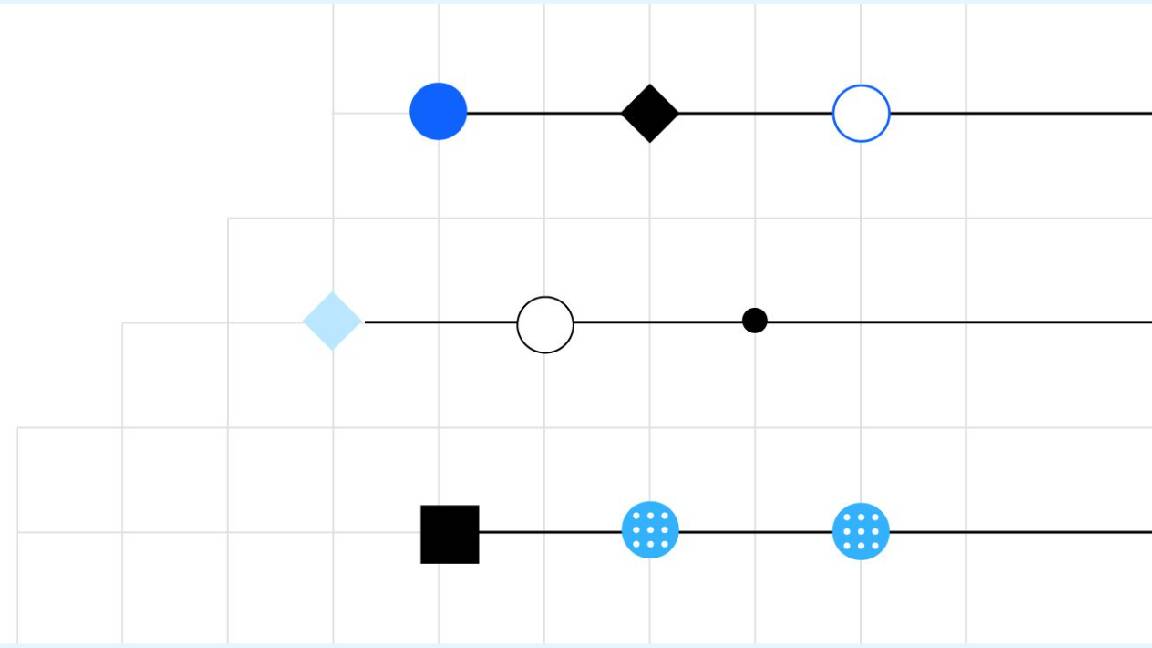JD Sports uses analytics to plot store growth
Business analytics technology from SPSS may prove vital to the future growth of retailer JD Sports.

British sports retailer JD Sports will use analytical technology from IBM to make sure that future stores are opened in the right areas for the best sales.
It will use software from SPSS, a data analytics firm recently bought by IBM for $1.2 billion, and part of a $12 billion spending spree by the tech giant on a new business analytics portfolio.
According to JD Sports site research and development manager Alastair Browne, the software will play a "crucial" part in deciding where to successfully place new stores, because it could be very costly for the business to get that wrong.
Before 2005, JD Sports relied on gut feeling to decide where new stores should be opened, but after Browne joined JD Sports it set up a specific site research department.
This was tasked with providing and collating information, for a much more scientific approach to decision making.
Browne had already used standard sales forecasting techniques using existing data with success, but decided to start using the 'SPSS Modeler' as JD Sports now covered a vast amount of the UK.
"We need to drive and understand in more detail the interaction between the number of different variables that drives a stores performance," he said. "By understanding that, it might open up new markets which we previously disregarded."
Get the ITPro daily newsletter
Sign up today and you will receive a free copy of our Future Focus 2025 report - the leading guidance on AI, cybersecurity and other IT challenges as per 700+ senior executives
"Secondly given our coverage of the UK now, we also need to understand the impact of sales cannibalisation on our existing estate," he added.
"We don't want to be opening new stores and finding they are drawing trade from existing stores, and all we're doing is moving our sales around and not generating income."
The analytic forecasting predicts what happens if a store was opened in a certain area, by looking at factors such as the catchment area, demographics of the town and how friendly the population are to the JD brand.
Once the profile of the population is looked at, the software examines what size of store will be required, and whether other retailers in the area fit well with the sports business.
"A lot of the big companies, in particular Debenhams and Tesco, have embraced this technology for a number of years," Browne said.
"I think those with customers that have a loyalty card and a volume of customer data coming in use this software to make sure that the right products reach the consumer, as well as place stores in the right places," he added.
-
 Third time lucky? Microsoft finally begins roll-out of controversial Recall feature
Third time lucky? Microsoft finally begins roll-out of controversial Recall featureNews The Windows Recall feature has been plagued by setbacks and backlash from security professionals
By Emma Woollacott Published
-
 The UK government wants quantum technology out of the lab and in the hands of enterprises
The UK government wants quantum technology out of the lab and in the hands of enterprisesNews The UK government has unveiled plans to invest £121 million in quantum computing projects in an effort to drive real-world applications and adoption rates.
By Emma Woollacott Published
-
 IBM completes HashiCorp acquisition after regulatory approval
IBM completes HashiCorp acquisition after regulatory approvalNews IBM has completed its $6.4 billion acquisition of cloud automation and security firm HashiCorp,
By Emma Woollacott Published
-
 IBM eyes Oracle expertise gains with latest acquisition
IBM eyes Oracle expertise gains with latest acquisitionNews The deal aims to help IBM address the complexities of public sector cloud transformation
By Emma Woollacott Published
-
 UK regulator to investigate IBM takeover of HashiCorp
UK regulator to investigate IBM takeover of HashiCorpNews The CMA is concerned that the merger could affect competition in the cloud services market
By Emma Woollacott Published
-
 Channel Focus: All you need to know about IBM's partner program
Channel Focus: All you need to know about IBM's partner programHow Big Blue seeks to go deep, tackling enterprise complexity: A brief guide to the role of partners in IBM's plan to accelerate software and consulting sales.
By Fleur Doidge Published
-
 Put AI to work for talent management
Put AI to work for talent managementWhitepaper Change the way we define jobs and the skills required to support business and employee needs
By ITPro Published
-
 Let’s rethink the recruiting process
Let’s rethink the recruiting processwhitepaper If you designed your recruiting process for a new company, what would you automate to attract and hire the best talent?
By ITPro Published
-
 The power of AI & automation: Productivity and agility
The power of AI & automation: Productivity and agilitywhitepaper To perform at its peak, automation requires incessant data from across the organization and partner ecosystem.
By ITPro Published
-
 Everything you need to know about IBM’s HashiCorp acquisition
Everything you need to know about IBM’s HashiCorp acquisitionNews IBM’s acquisition of HashiCorp represents a major signal of intent for the tech giant and its hybrid cloud and AI ambitions
By Steve Ranger Last updated